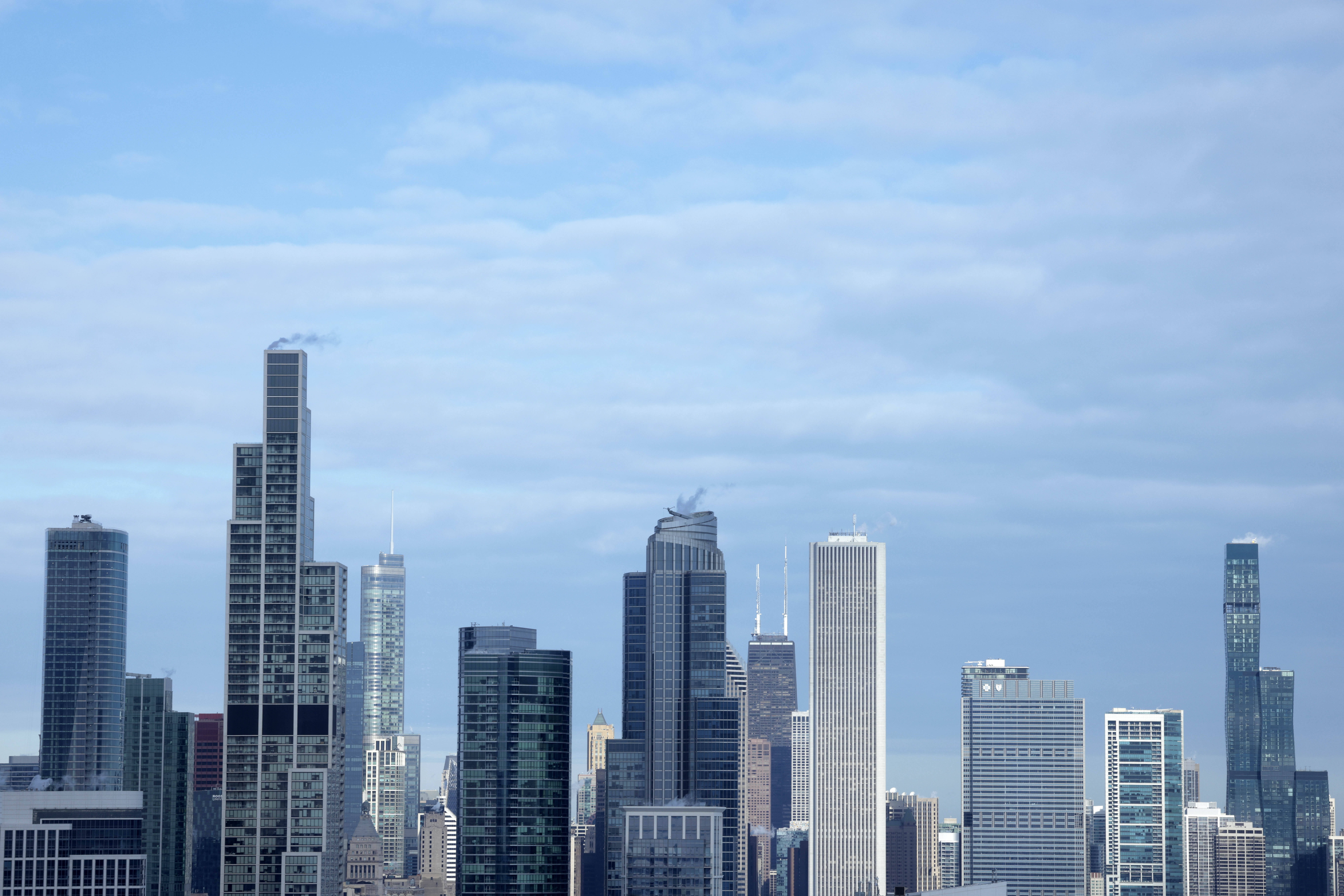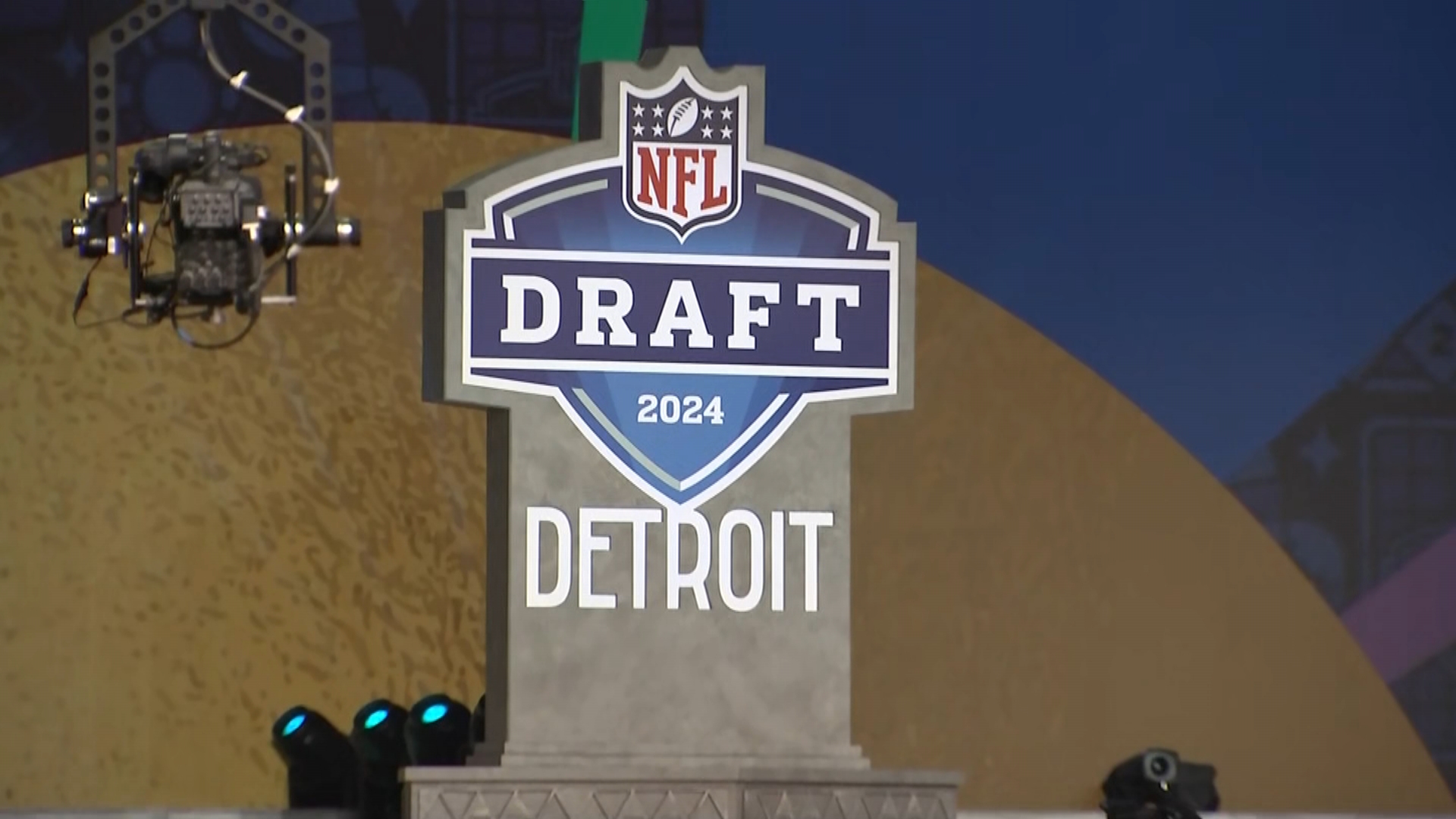Air quality and its impact on the health of Chicago residents differs vastly between neighborhoods, according to a 2020 study published by the city.
The study showed air pollution contributes to more chronic health conditions, including asthma, in the west and south sides of the city. Community members who live in the most impacted areas said decades of city policies have contributed to environmental racism.
Cheryl Johnson grew up in Altgeld Gardens on the city’s Far South Side. The housing complex was established for African American veterans of World War II. But through the years it has been labeled the “toxic doughnut," due to a high concentration of hazardous waste sites nearby.
“They knew it was dangerous to build residential houses on it, but they did it anyway,” Johnson said.
Feeling out of the loop? We'll catch you up on the Chicago news you need to know. Sign up for the weekly Chicago Catch-Up newsletter here.
The U. S. Environmental Protection Agency found elevated levels of pesticides and heavy metals in the soil near Altgeld Gardens in the 1990s. There have been clean-ups to remove lead.
Presently, Altgeld Gardens is bordered by a sewage treatment plant and a landfill.
Johnson leads People for Community Recovery, an environmental awareness group founded by her mother, Hazel. She said there is no environmental justice law to protect residents from pollution.
Local
“It’s not just about my community. It’s about all of us. And that’s what environmental justice does,” Johnson said. “It bring us together because we have a commonality, and the commonality is we want to breathe clean air. We want to drink healthy water, and we don’t want to live on land that is highly-contaminated.”
According to the Natural Resources Defense Council, the city of Chicago has allowed for dangerous and toxic industries to set up near parks, schools and homes for decades.
“It’s actually a little bit worse now because there’s the multigenerational families that have lived in some of these communities that have been experiencing the disproportionate health burdens that come along with living surrounded by this industry,” said NRDC Midwest outreach manager Gina Ramirez.
Anthony Moser, of Neighbors for Environmental Justice, said residents of McKinley Park are demanding the closure of a nearby asphalt plant that manufactures road paving materials for the city.
“For starters, the city needs to stop financially supporting the plant. They run almost entirely on city contracts,” he said.
MAT Asphalt opened in 2018 and has faced odor complaints filed by residents.
"It’s just been hard to feel like the city is listening when we’re notifying them of that type of stuff and we don’t really feel like we have any control or advocates," said neighbor Jackie Montesdeoca.
The company said any odors from asphalt plants, while sometimes noticeable in truck loading, pose no danger to facility employees or the community.
“Since MAT Asphalt opened in July 2018, we have operated one of the most environmentally friendly facilities of its kind in the nation. We have invested in the most sophisticated pollution-control systems available,” said MAT Asphalt co-owner Michael Tadin, Jr. “Our emissions are less than one-fourth the allowable level, according to the IEPA draft permit issued in late 2019. The air quality is well within legal limits across the board: less than one-fifth the allowable level for carbon monoxide, less than one-sixth for particulate matter, and less than one-fifth for volatile organic matter.”
The Chicago Department of Public Health’s analysis of community-level data took into consideration air quality, health and social factors to identify neighborhoods that “should be prioritized for efforts to mitigate and reduce air pollution to better protect public health.”
Mayor Lori Lightfoot’s office said the city has taken significant steps to ensure that residents’ concerns about health and environment are being heard and acted upon.
“We have hired a Chief Sustainability Officer and issued an Air Quality & Health report to help identify communities that are more vulnerable to the effects of pollution so we can target them for enhanced protections,” said a mayor’s office spokesperson. “We also worked with stakeholders - including groups representing the Southeast Side - to create new and more stringent rules for large recycling facilities. And in everything we do around environmental concerns or potential impacts, we start with community engagement. Our efforts to create a more environmentally just and responsive city is about more than one facility - it is about advancing policies that truly promote the health and well-being of people who live near industrial areas.”



